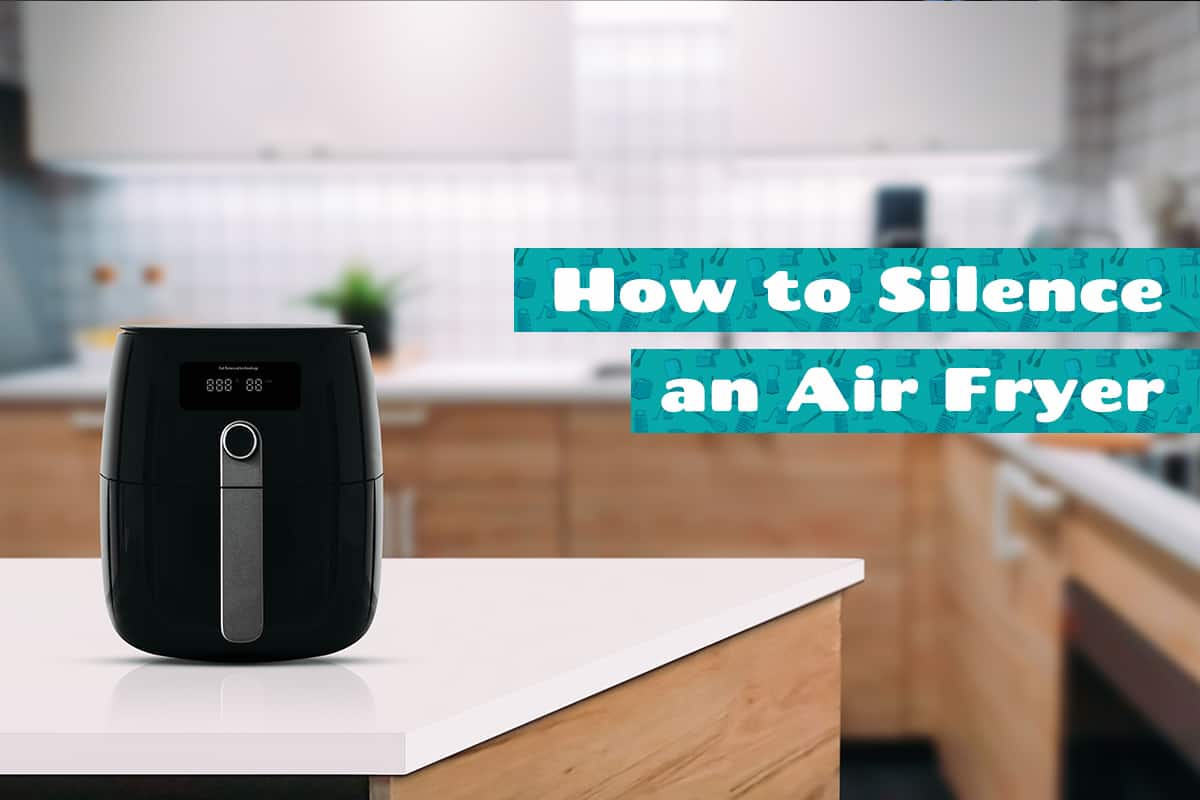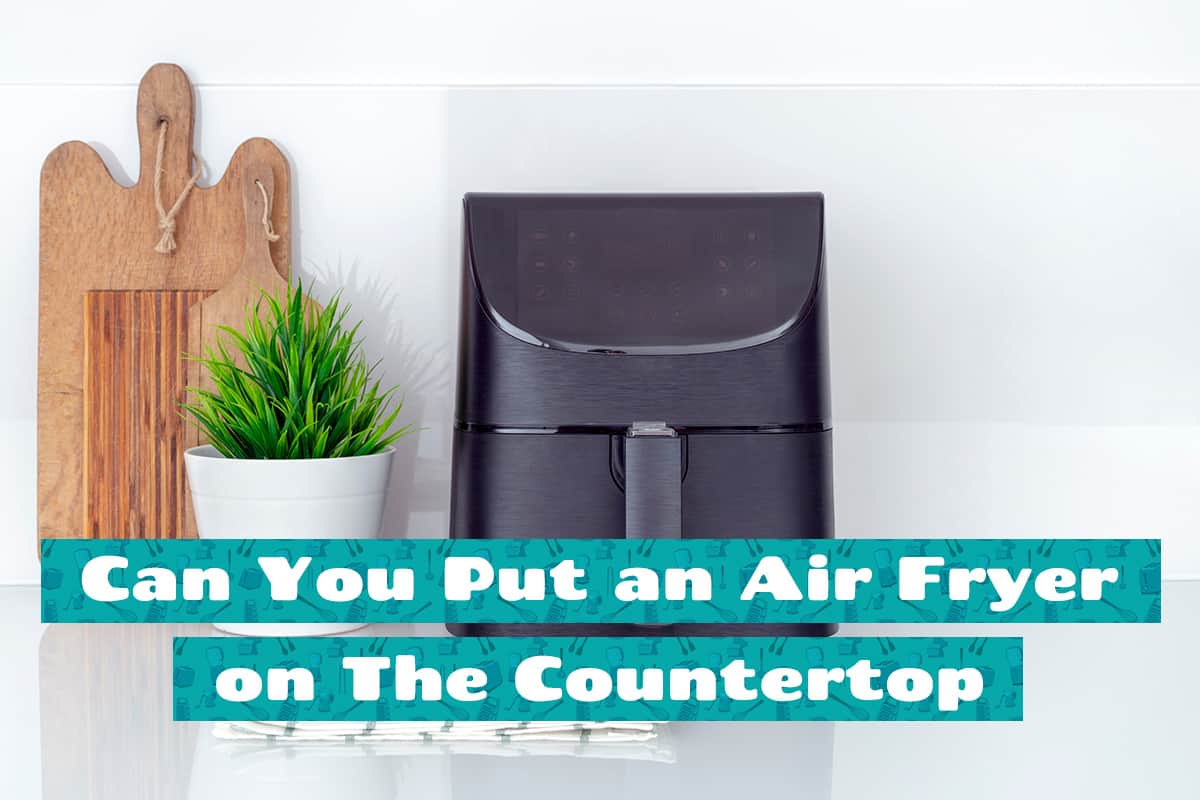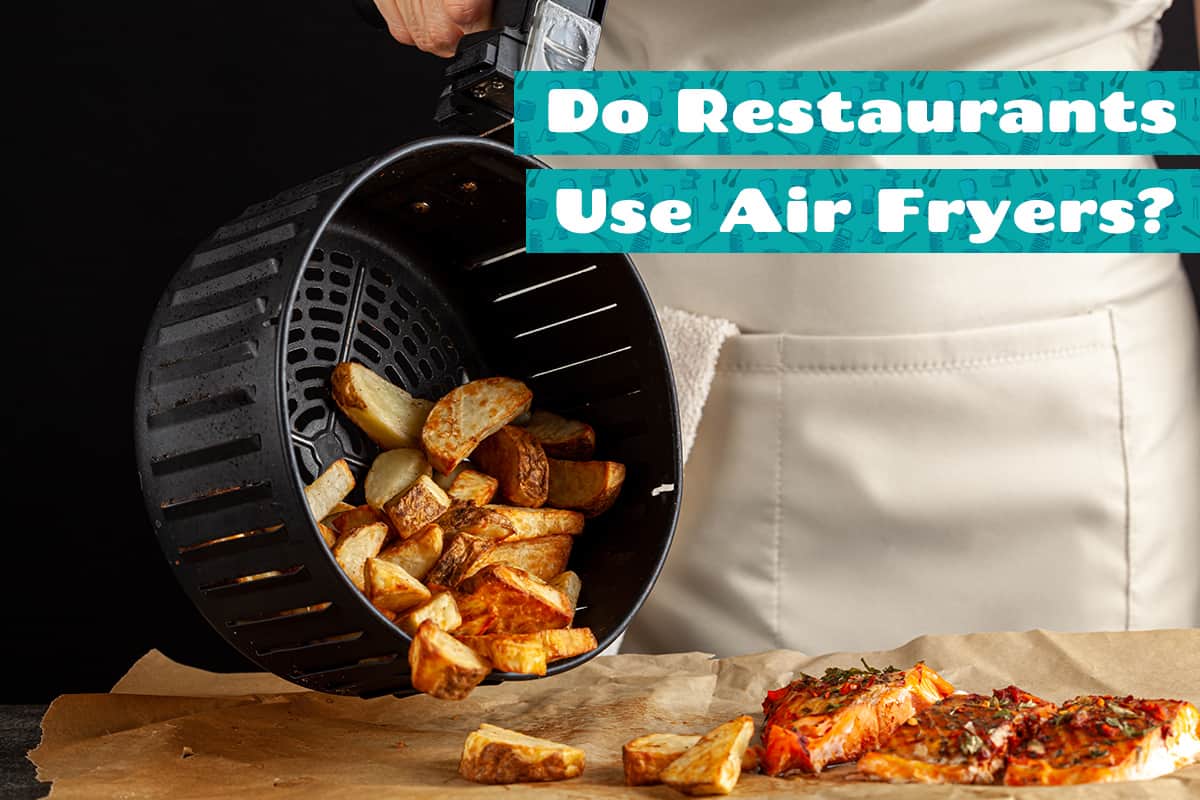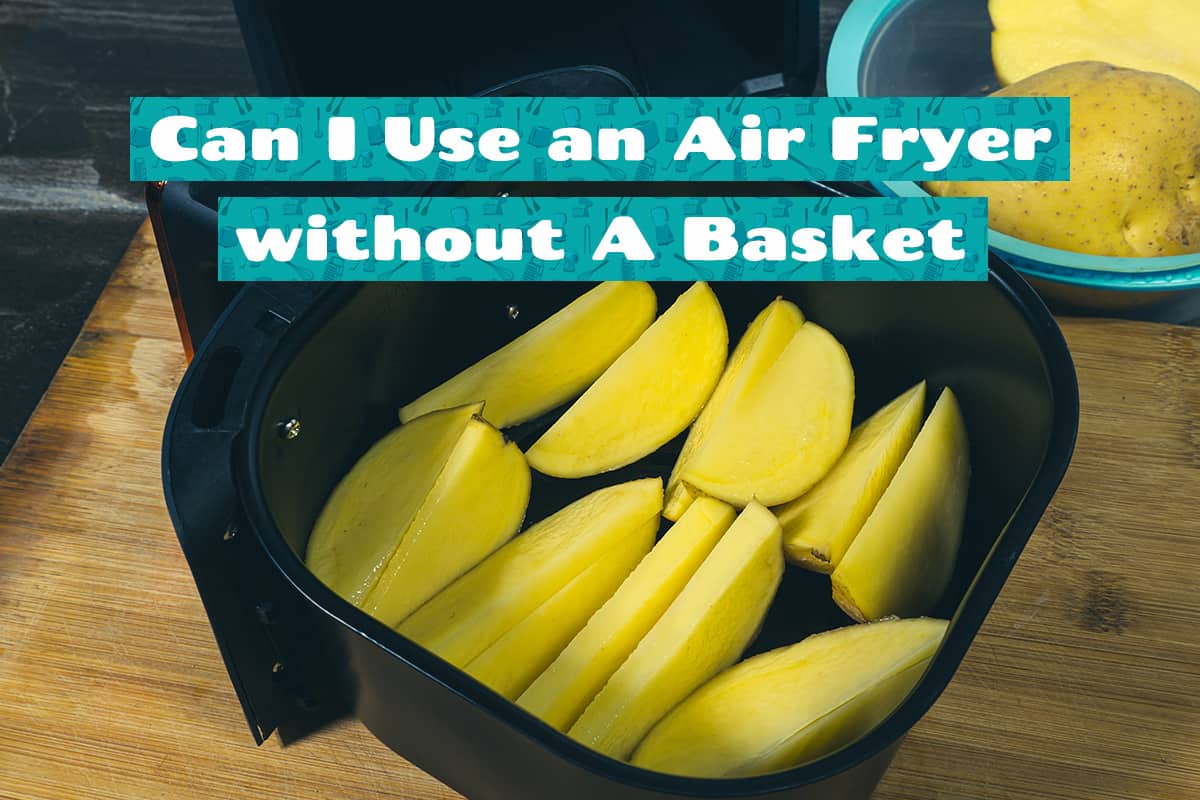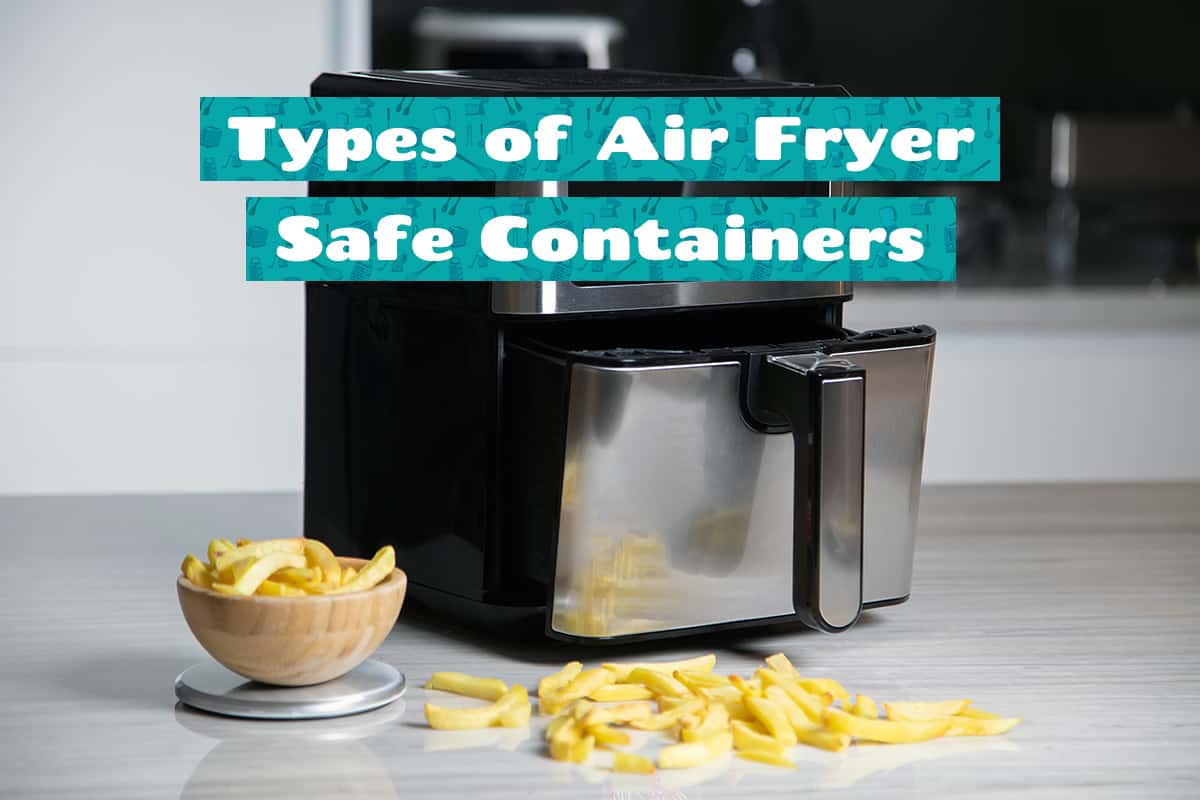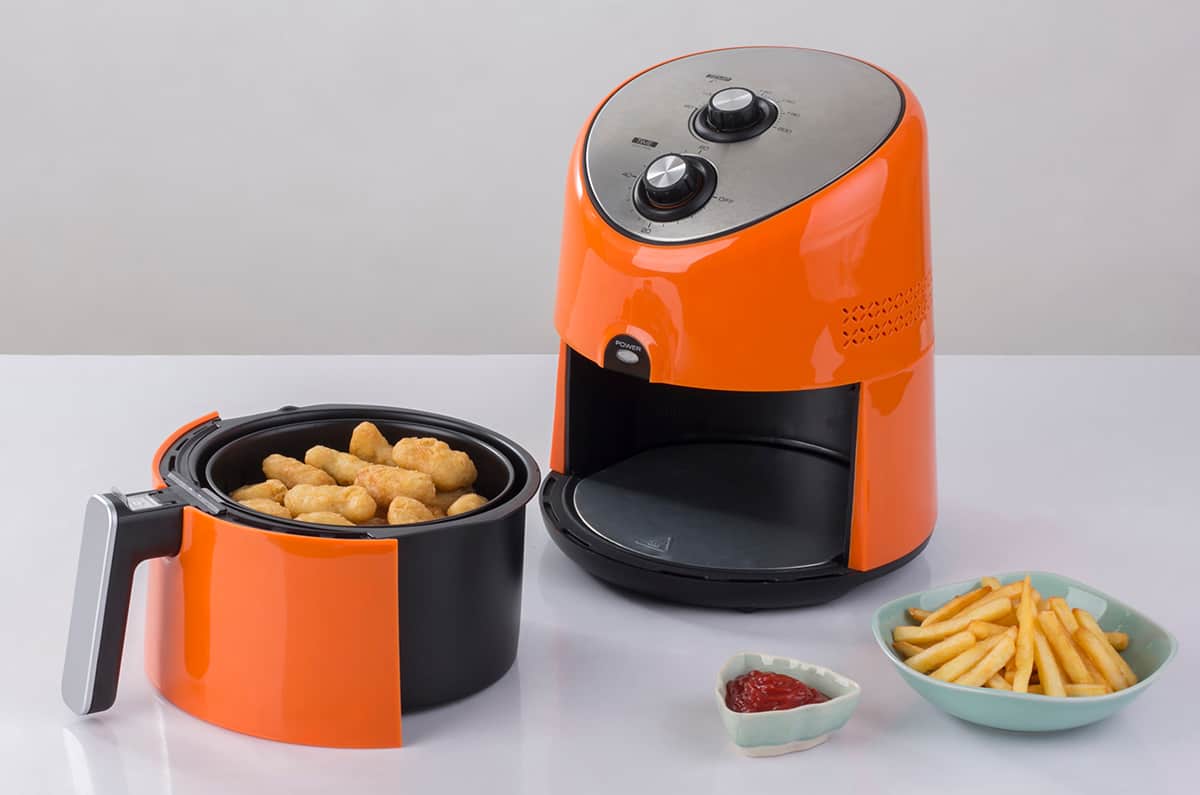It’s almost impossible to talk about cooking right now without the air fryer getting a mention because this appliance has truly embedded itself in our consciousness. The popularity of the air fryer has many levels; it cooks quickly, is inexpensive to run, is versatile, easy to use, and results in crisp, golden food.
However, one key drawback is the upfront cost of air fryers. Some of the best air fryers are selling for more than $400, and even the more basic models have a price tag of around $200. If you don’t want to join the air fryer club, rest assured that there are plenty of other ways to cook your food that can rival the features of an air fryer.
Air fryer alternatives range from other countertop appliances such as halogen ovens and toaster ovens to the more traditional cooking methods like the electric oven and even the microwave. Here we look at some of the best air fryer alternatives.
Air Fryer Alternatives for Fast Cooking
One of the big advantages of using an air fryer is the fact that it cooks food so quickly. The cooking times of most food can be cut in half when compared with a conventional oven. For example, salmon takes around 14 minutes to cook in a conventional oven, compared with 7 minutes in an air fryer.
The ability to have meals ready more quickly is a game changer for many families, especially if you have a busy schedule. After a long day at work, or running around picking the kids up from various sports clubs, the last thing you want to do is wait an hour for a meal to be ready.
An air fryer can get a good homemade meal cooked in rapid time, but it is not the only kitchen appliance that can speed up cooking times. If getting food cooked faster is important to you, then you could consider a microwave or a halogen oven as an alternative to an air fryer.
Microwave
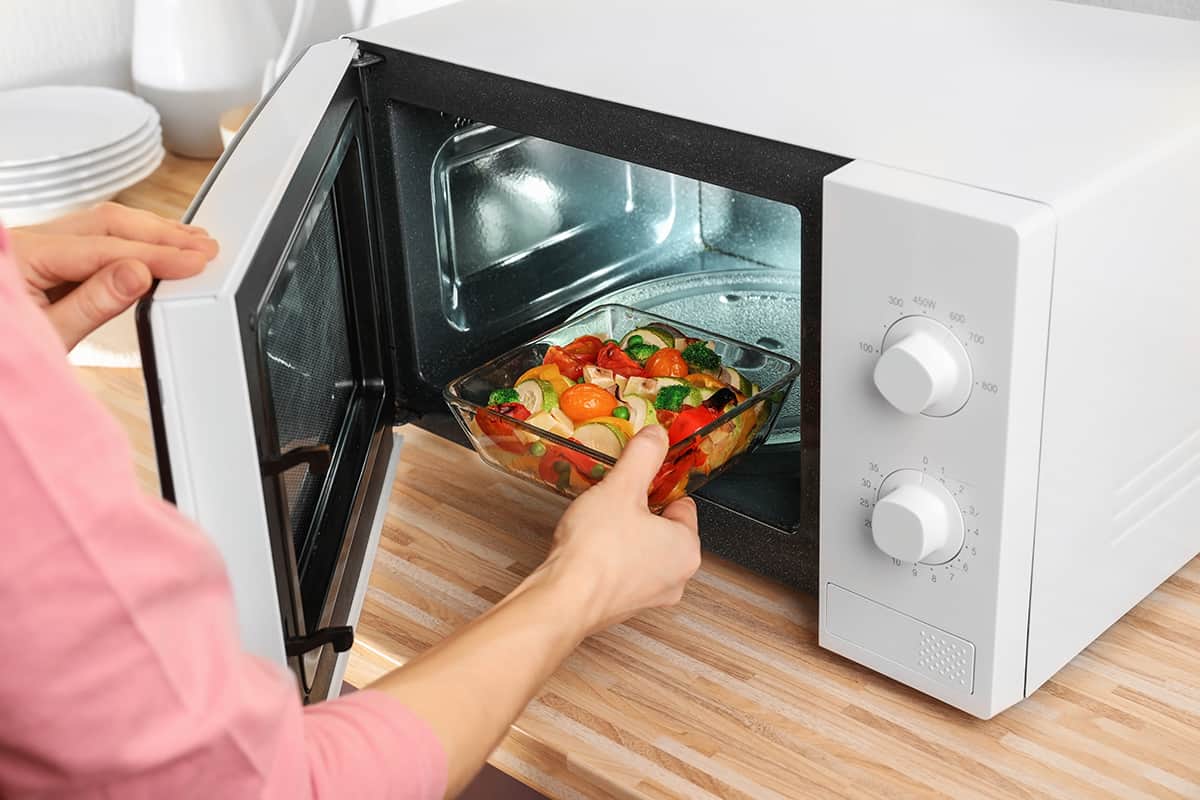
Microwaves have been around for more than half a century, and they’re an appliance that many of us use on a daily basis. However, some people are missing a trick when it comes to microwave ovens, and not utilizing them in the best way. For example, there are many home-cooked meals you can prepare in advance and store in the freezer or refrigerator, and then simply heat them through in the microwave when you need a quick meal.
Microwaves certainly don’t need to be reserved for warming up ready meals, and in fact, there are many things you can cook from scratch in a microwave. Scrambled eggs can be made in a mug using a microwave, and these can then be topped onto toast for a quick meal. You can even make cakes and brownies in mugs in the microwave.
Halogen oven
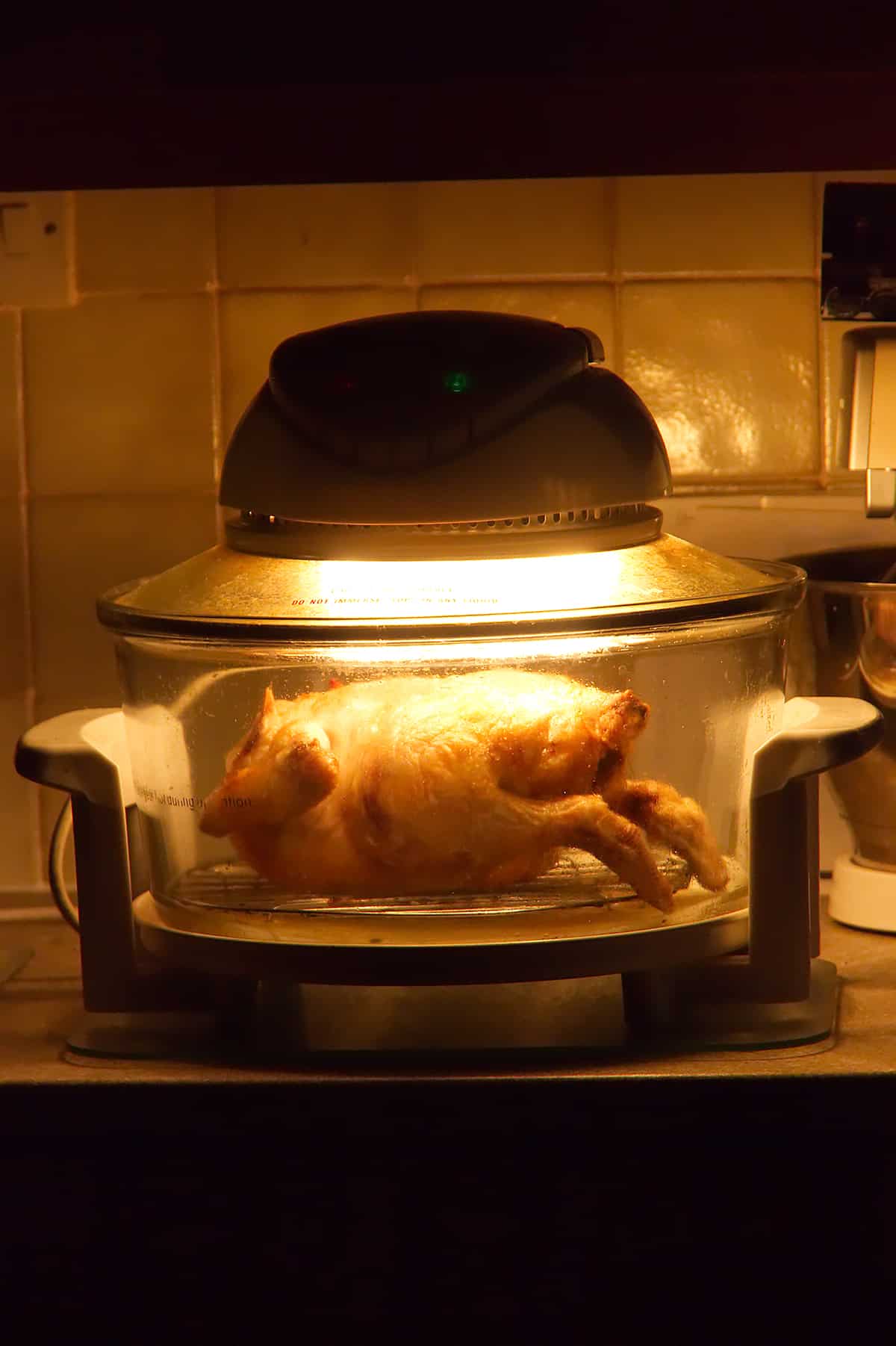
A halogen oven is a countertop appliance just like the air fryer, and it is able to circulate heat around the food for quick and even cooking. Halogen ovens work with the use of halogen bulbs to produce heat, instead of a heating element that is inside an air fryer.
Halogen ovens come in various sizes, but they are typically much more compact than a conventional oven, and the smaller space to heat up means that the oven can get to temperature much more quickly. Halogen ovens can cook things more quickly than an oven, just like an air fryer, and in fact, it is estimated that halogen ovens will cook foods between 20 and 60% more quickly than a conventional oven.
Mini oven
A mini oven is just that; a miniature version of a conventional oven. These small appliances are great for small families or people who live by themselves because they have a smaller cooking compartment which will lead to savings in energy, and in cooking time.
The small cooking chamber will heat up more quickly than a conventional oven, and be able to cook foods in rapid time. These appliances will often also have additional features, such as a grill, which can allow them to completely replace a conventional oven in the kitchen.
Air Fryer Alternatives for Healthy Meals
Air fryers are touted as the healthy alternative to deep-fat fryers because they achieve similar results while using significantly less oil. They do this by circulating hot air and oil around the food to give it a golden glow and a crisp bite, that is particularly well suited to cooking french fries and chicken. However, healthy meals can be cooked in a variety of appliances, so don’t feel pressured into getting an air fryer to stay healthy.
Conventional oven
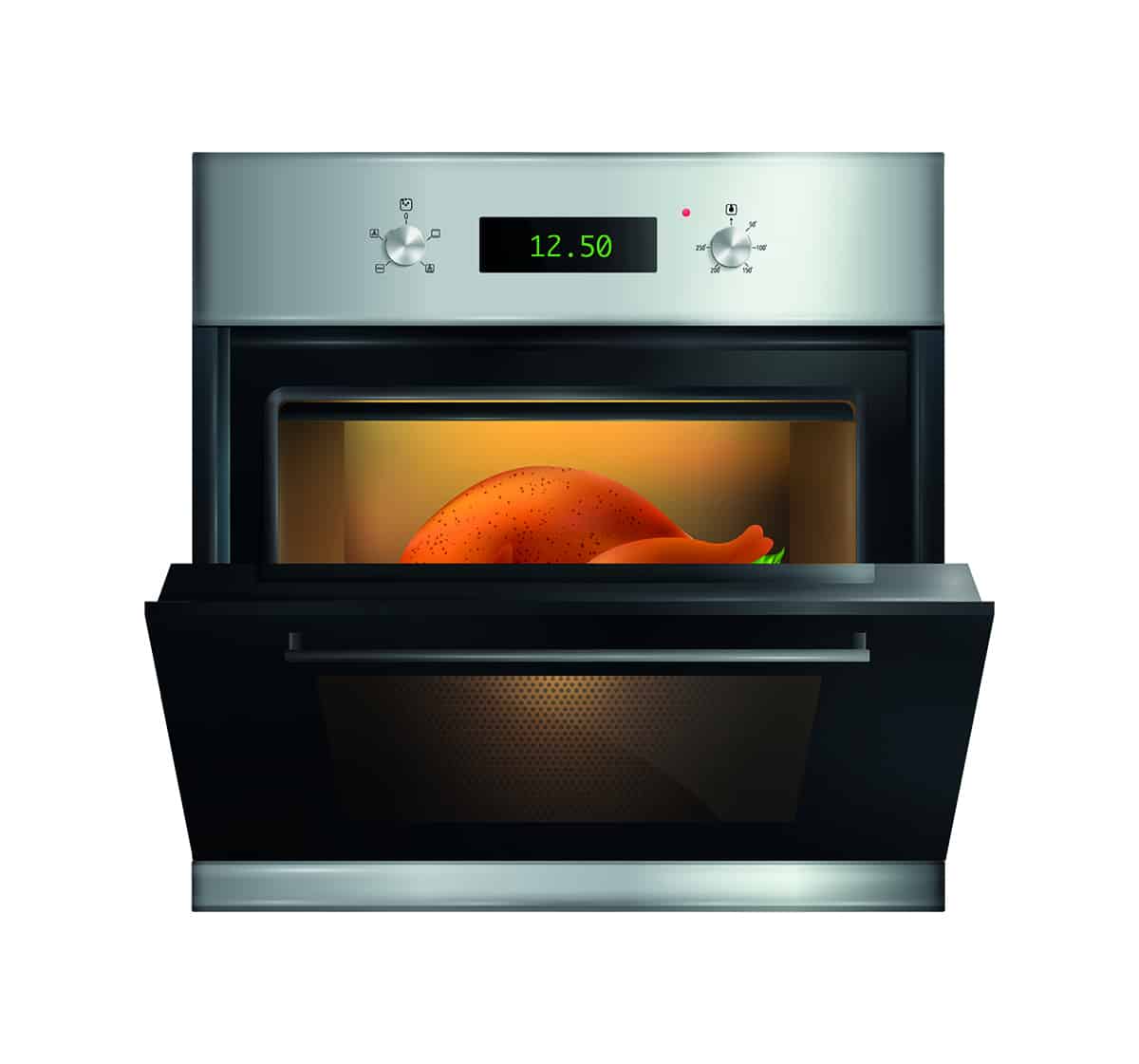
A conventional oven is great for cooking meals in a healthy way, and still achieving good results. You can cook french fries, chicken, salmon, sweet potatoes, and a range of other foods on a baking tray in the oven with just a small spritz of cooking oil.
A fan oven, or convection oven, is able to produce results similar to that of an air fryer, because they feature a fan that distributes the hot air evenly around the cooking chamber, but standard ovens can also give good results as long as you remember to keep turning or flipping your food during the cooking process.
Air Fryer Alternatives for Cutting Energy Costs
Air fryers use around half the amount of energy per hour compared with a conventional oven, and when you combine this with the fact that they cook food more quickly, you can be looking at some serious energy savings of over $100 each year. If you’re trying to cut down the cost of your energy bills in the kitchen, there are other ways to do this besides buying an air fryer.
Halogen oven

Halogen ovens give very similar results to air fryers, and they use considerably less power than a conventional oven, making them a good money-saving option for cutting utility bills. The great thing about halogen ovens is that they cost much less to buy compared with air fryers, typically with a price tag of around half or even a third of an air fryer. This means that if you buy a halogen oven, it’s going to start paying for itself in energy savings more quickly than an air fryer.
Halogen ovens typically cost less than $100, and they will save you more than $100 in energy consumption over the space of a year, so they will have paid for themselves in less than 12 months. Meanwhile, air fryers offer similar savings but are more expensive to buy, typically ranging anywhere from $200 to $400. This means you might be using an air fryer for 2 or 3 years before you actually start to save yourself money against the purchase of it.
Microwave

Microwaves are incredibly inexpensive to run. They typically cost around 20 cents per hour, which is comparable to the running costs of an air fryer. Added to the fact that food cooks very quickly in a microwave, this makes this common kitchen appliance very economical to use.
To cook a lasagna in the oven you can expect it to take between 40 and 50 minutes. In an air fryer, the same lasagna would cook for around 20 to 25 minutes. In a microwave, you can cook lasagne in less than 10 minutes.
These timings equate to an expenditure of around 40 cents to cook a lasagna in the oven, 10 cents to cook a lasagna in the air fryer, and around 4 cents to cook a lasagna in the microwave. Over the course of a year, using a microwave can save a household a lot of money if they were to switch from a conventional oven, and it will even offer greater savings than using an air fryer.
Air Fryer Alternatives for Saving Countertop Space
One thing that puts some people off from buying an air fryer is the space that it is going to take up on the countertop. Many people don’t like the look of bulky appliances being visible on their countertops, and some people simply don’t have enough space available on their worktops to squeeze an air fryer onto it. In this case, you have two options.
You can use a conventional oven that doesn’t take up countertop space, or you could opt for a toaster oven with a convection setting which is smaller than an air fryer and therefore can take up less space.
Toaster oven
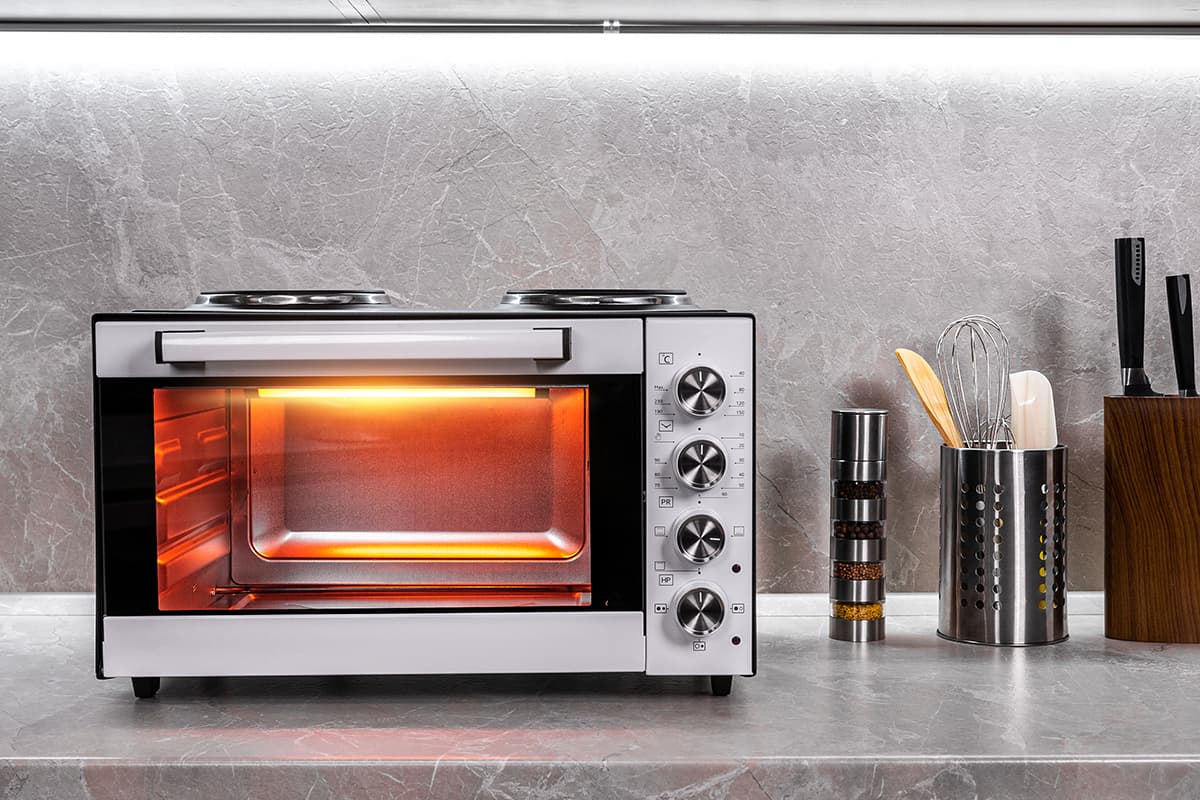
Toaster ovens with a convection setting can be used just like an air fryer, with the key difference being they are smaller and therefore have less capacity for cooking big portions.
However, this could be an advantage if you don’t make big meals, and you want an appliance that cooks quickly, inexpensively and doesn’t take up a lot of space in the kitchen. Since toaster ovens are smaller than air fryers, you could even store them in a cupboard when you’re not using them.

